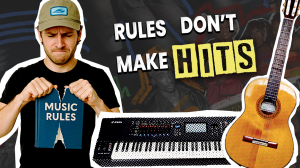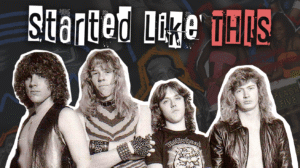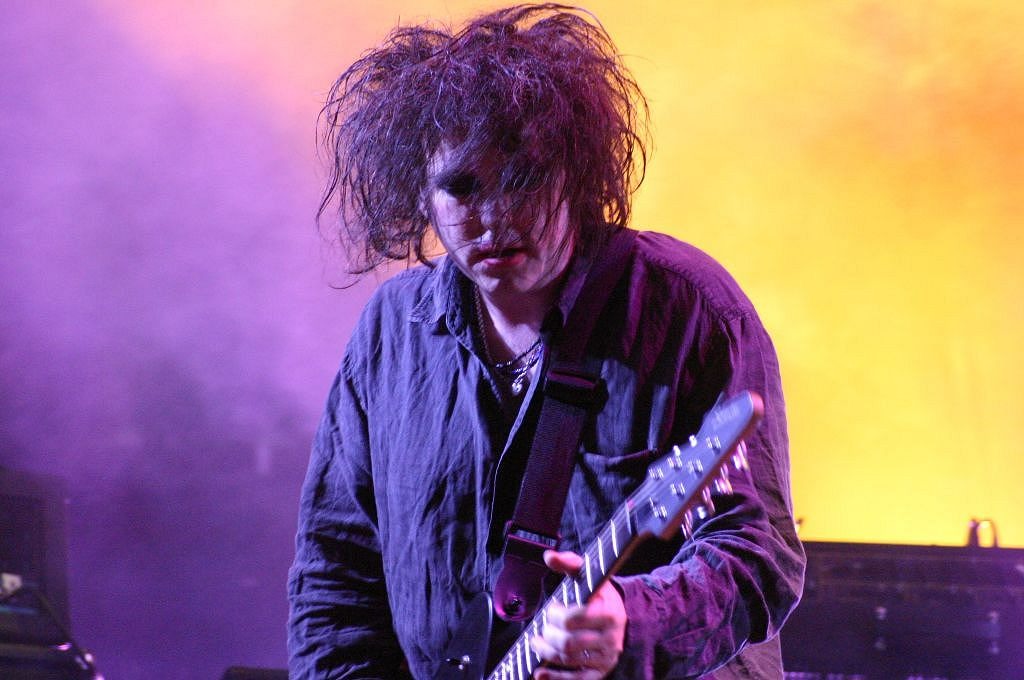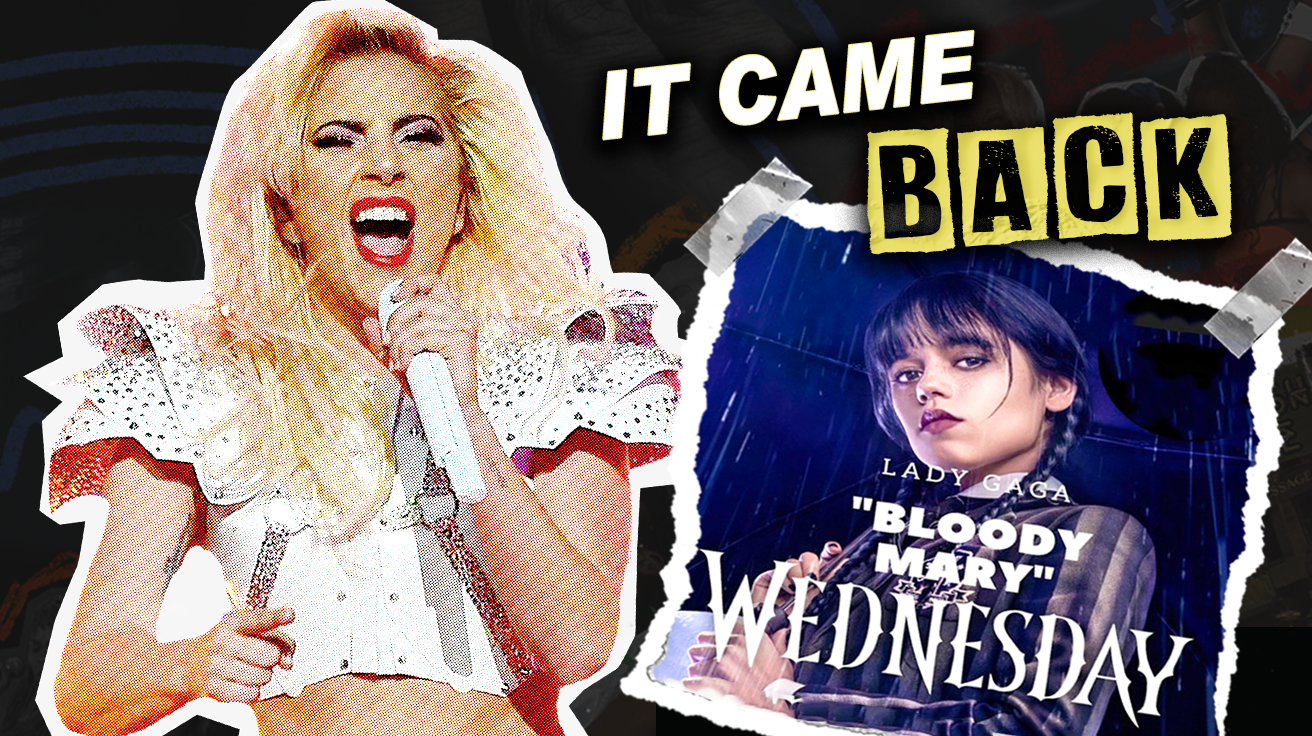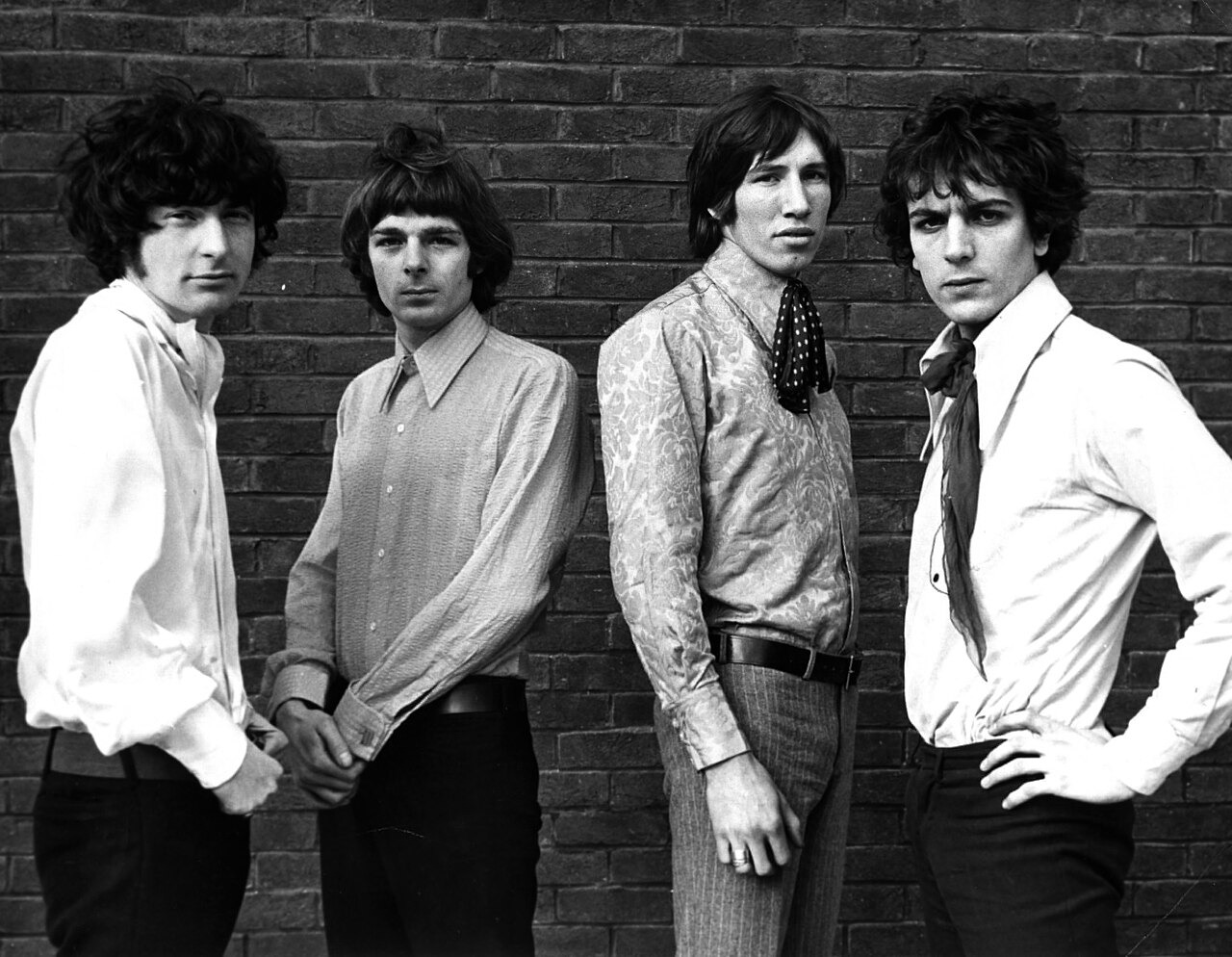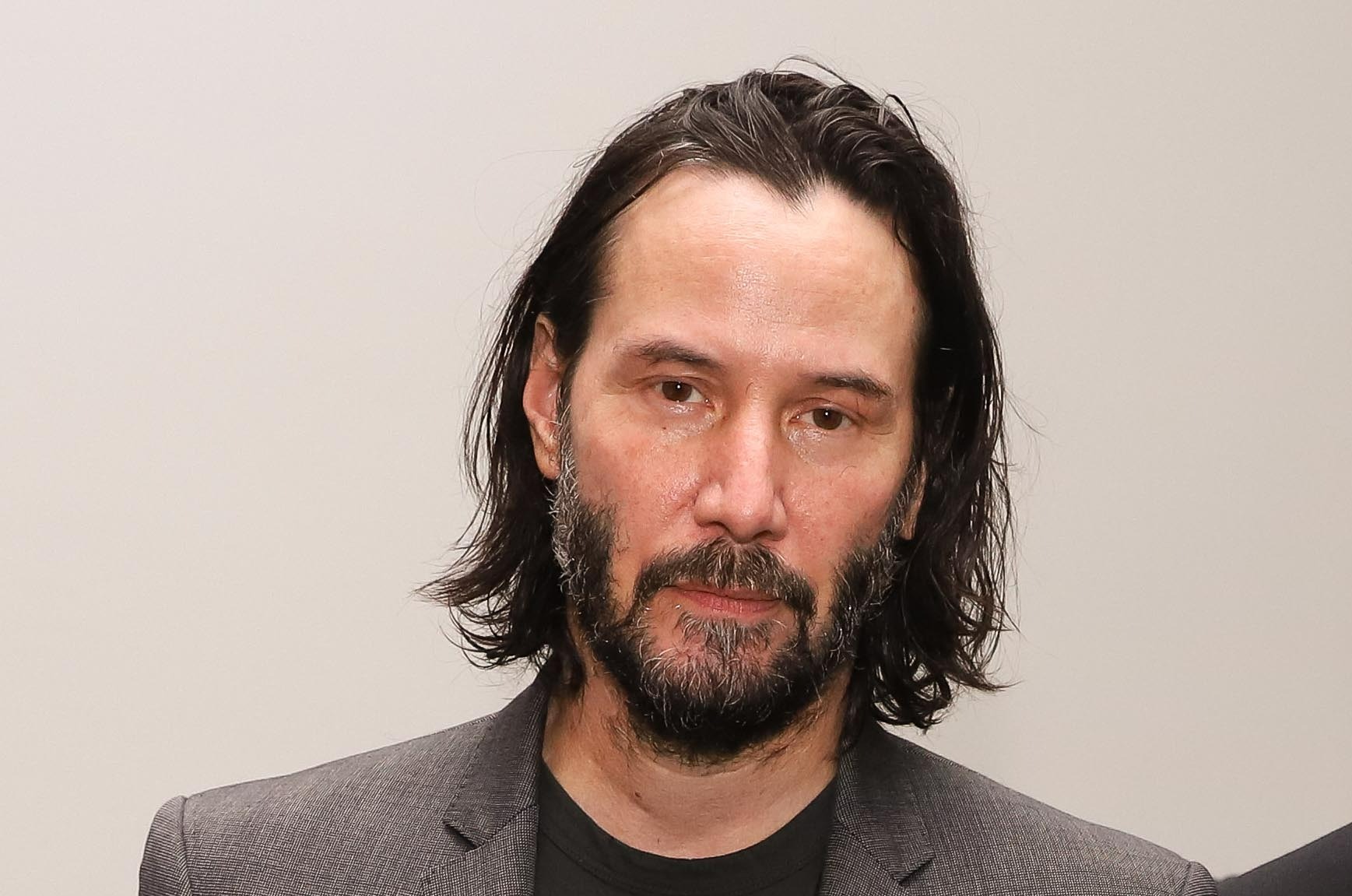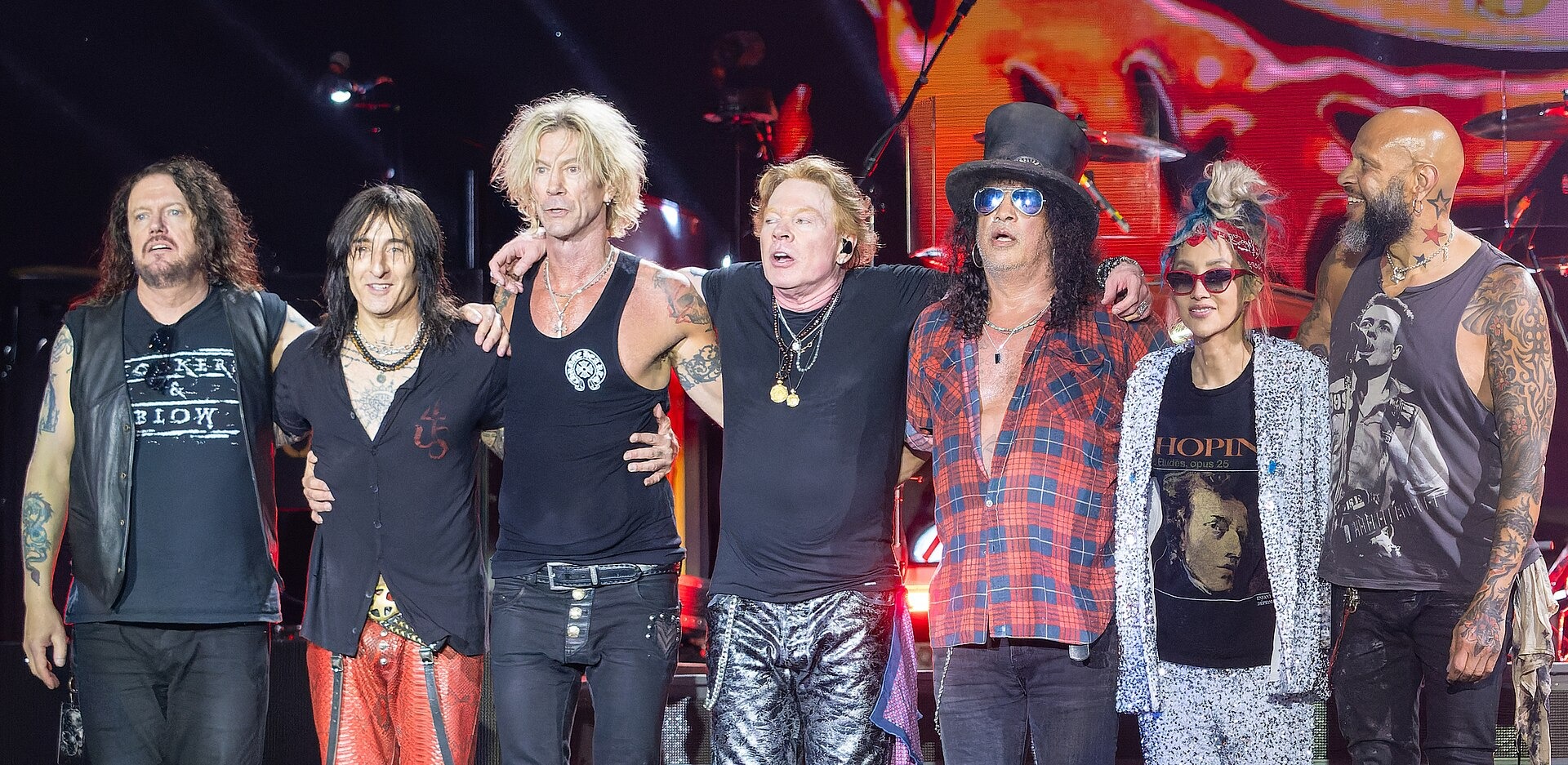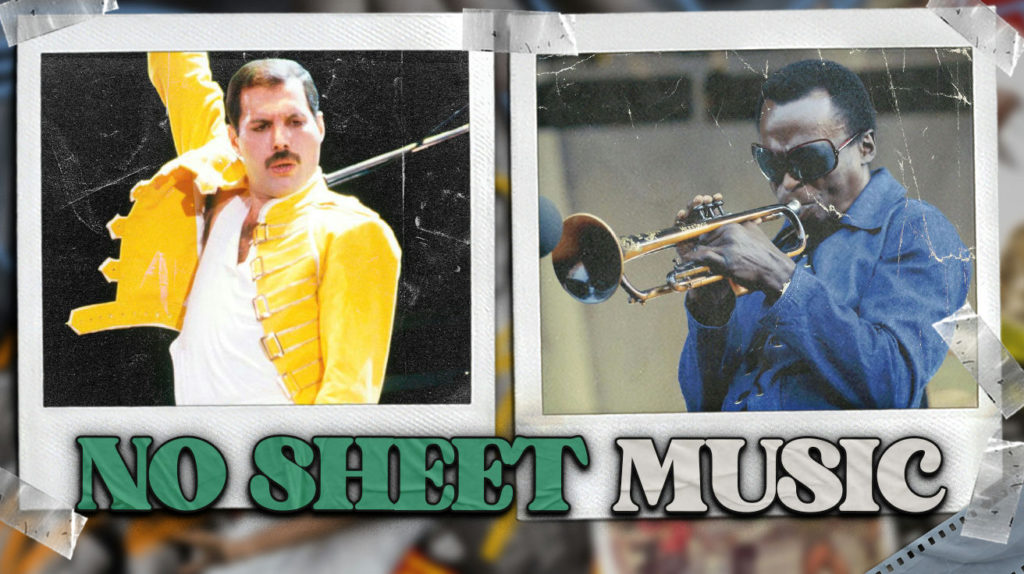
Music’s most electric moments happen when artists abandon their safety nets and trust pure instinct. These unplanned seconds aren’t just happy accidents—they’re the moments that define careers, launch legends, and prove that sometimes the best creative choice is letting go completely. When performers ditch the script and follow their musical intuition, magic emerges that no amount of rehearsal could ever produce.
5. John Coltrane’s Spiritual Journey Through Sound
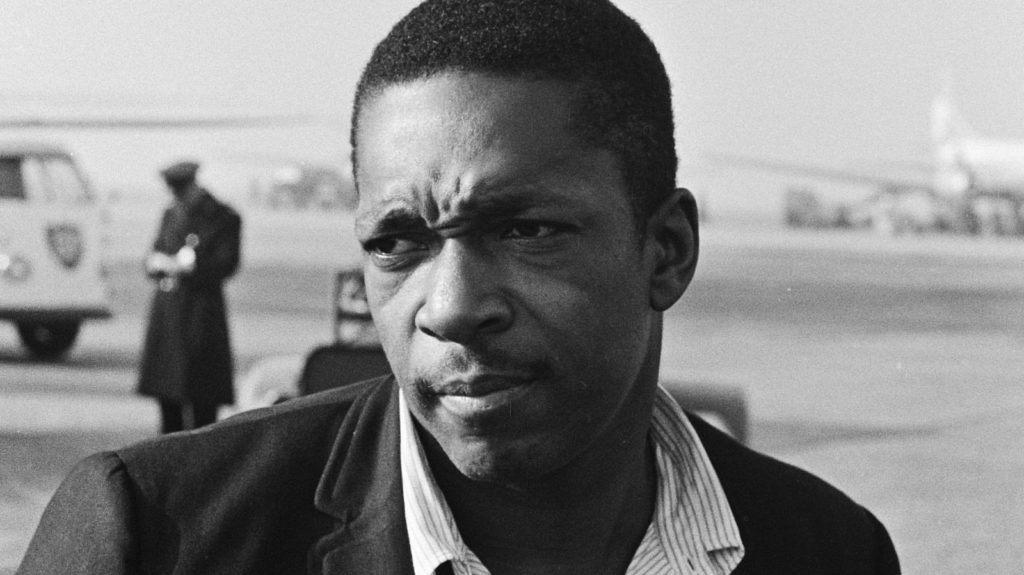
Building on the modal foundation Davis established, John Coltrane expanded improvisation into spiritual territory with albums like “A Love Supreme.” Transforming jazz solos into meditative journeys, each note felt like a prayer seeking divine connection through sound.
Coltrane’s improvised solos represented emotional archaeology, digging deeper into human experience with each phrase. Mathematical scales became transcendent moments in his hands, proving that improvisation could serve as artistic expression and spiritual practice, inspiring generations of musicians to view their instruments as vehicles for deeper truth.
4. Freddie Mercury’s Crowd-Control Masterclass at Live Aid
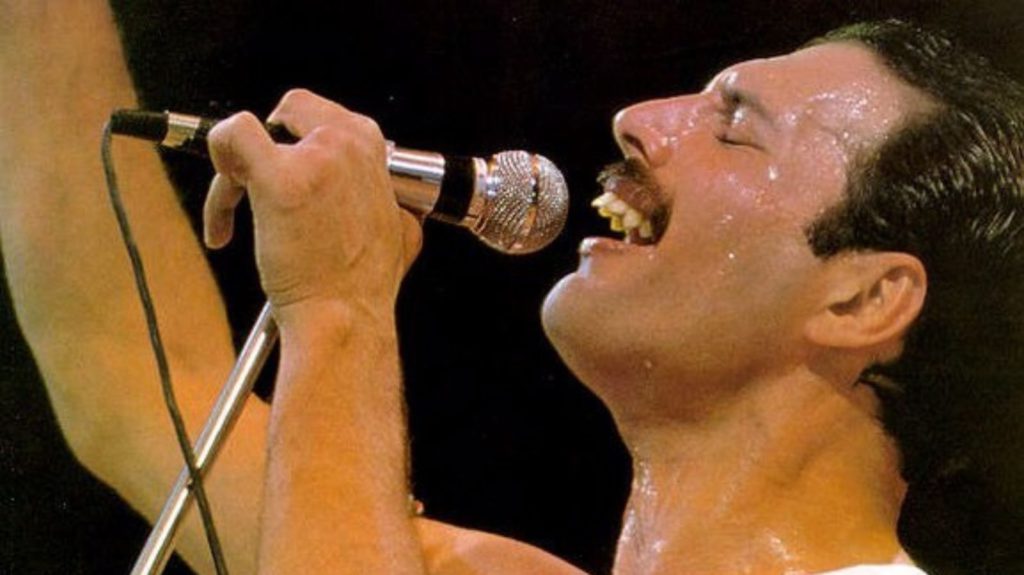
Abandoning Queen’s career-defining 1985 Live Aid setlist, Freddie Mercury led 72,000 people at Live Aid at Wembley in spine-tingling vocal improvisation. Spontaneous “ay-oh” exchanges with the Wembley crowd became known as “the note heard around the world.”
Authentic connection defined Mercury’s crucial understanding of live performance. His impromptu vocal games transformed a massive stadium into an intimate conversation between artist and audience. This masterful display of reading the room and responding with fearless creativity demonstrated that true showmanship isn’t about following a script.
3. Bill Evans: Poetry in Motion at the Piano
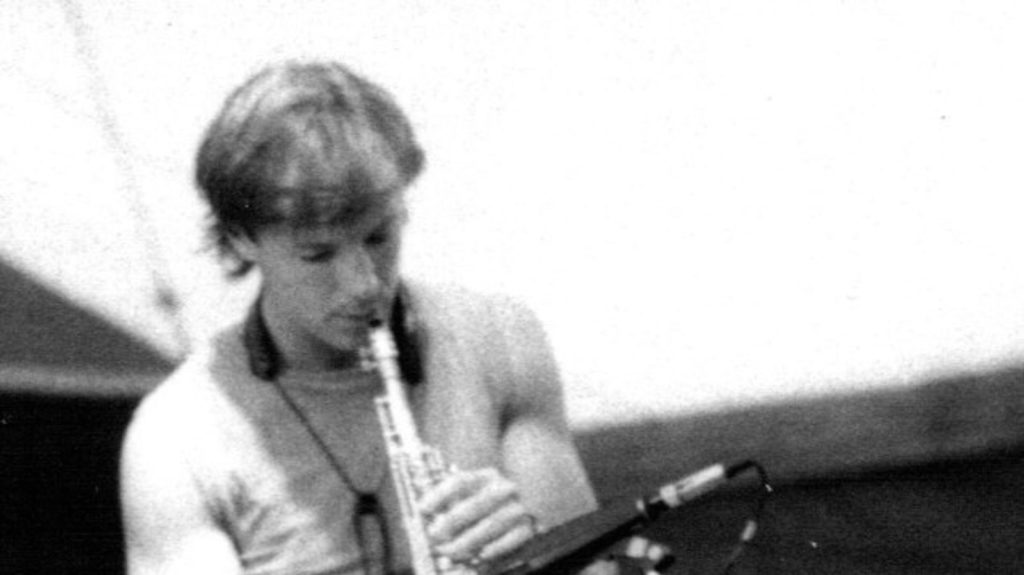
Showcasing improvisation as an intimate conversation rather than a flashy display, Bill Evans’ contributions to “Kind of Blue” created something magical. Delicate, impressionistic piano work created space for others while contributing essential harmonic color that made the entire album shimmer with possibility.
Sometimes the most powerful moments come from knowing when to support, when to lead, and when to create the perfect backdrop for musical magic—Evans understood this completely. Collaborative art became his approach, influencing countless pianists to view improvisation through this lens.
2. Prince’s Revenge Solo That Silenced the Critics
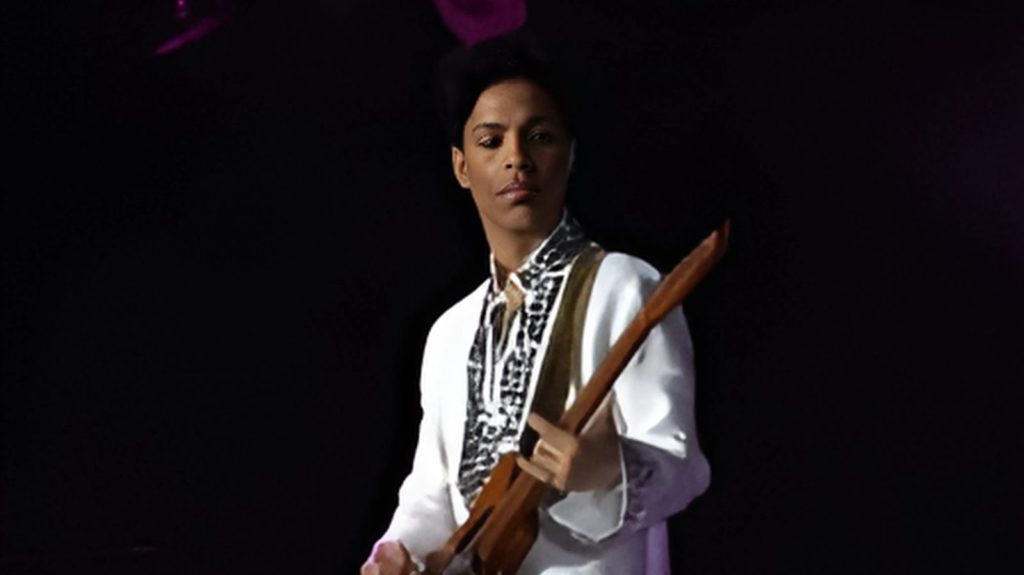
Calculated revenge fueled Prince’s legendary “While My Guitar Gently Weeps” solo at the 2004 Rock & Roll Hall of Fame ceremony. Rolling Stone had omitted him from their 100 Greatest Guitar Players list the year before, and Prince waited for the perfect moment to prove their judgment spectacularly wrong.
Remaining in the shadows alongside Tom Petty, Jeff Lynne, and Dhani Harrison until his moment arrived, Prince stepped forward with purpose. Transcendent artistry emerged as he delivered a powerful solo, such that his guitar seemed to disappear into thin air at the song’s end—a mystery that still baffles everyone on stage that night. Emotional warfare disguised as art proved that spite can fuel greatness when channeled through pure talent.
1. Miles Davis: The Accidental Masterpiece That Defined Jazz
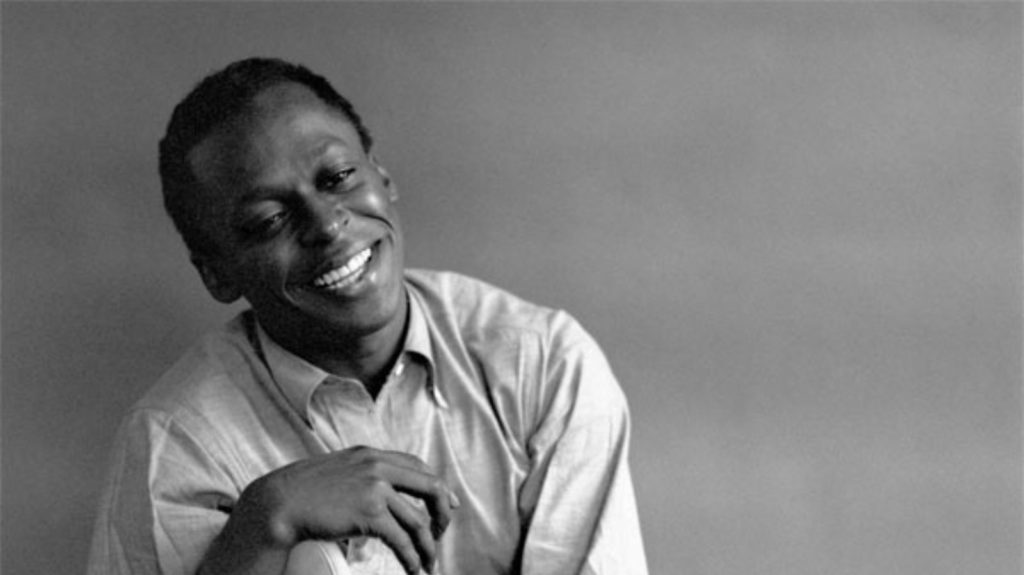
Sketches and scales were all Miles Davis brought into Columbia’s 30th Street Studio in 1959, giving his musicians minimal direction for what would become “Kind of Blue.” Essentially improvised on the spot, the entire album emerged from basic modal frameworks rather than traditional chord progressions.
Pure first-take magic resulted in musicians discovering music in real time. Later, calling it a “failed experiment,” Davis created the most influential jazz album ever recorded. The electric tension of artists pushing into uncharted musical territory together captured something that careful planning never could.





